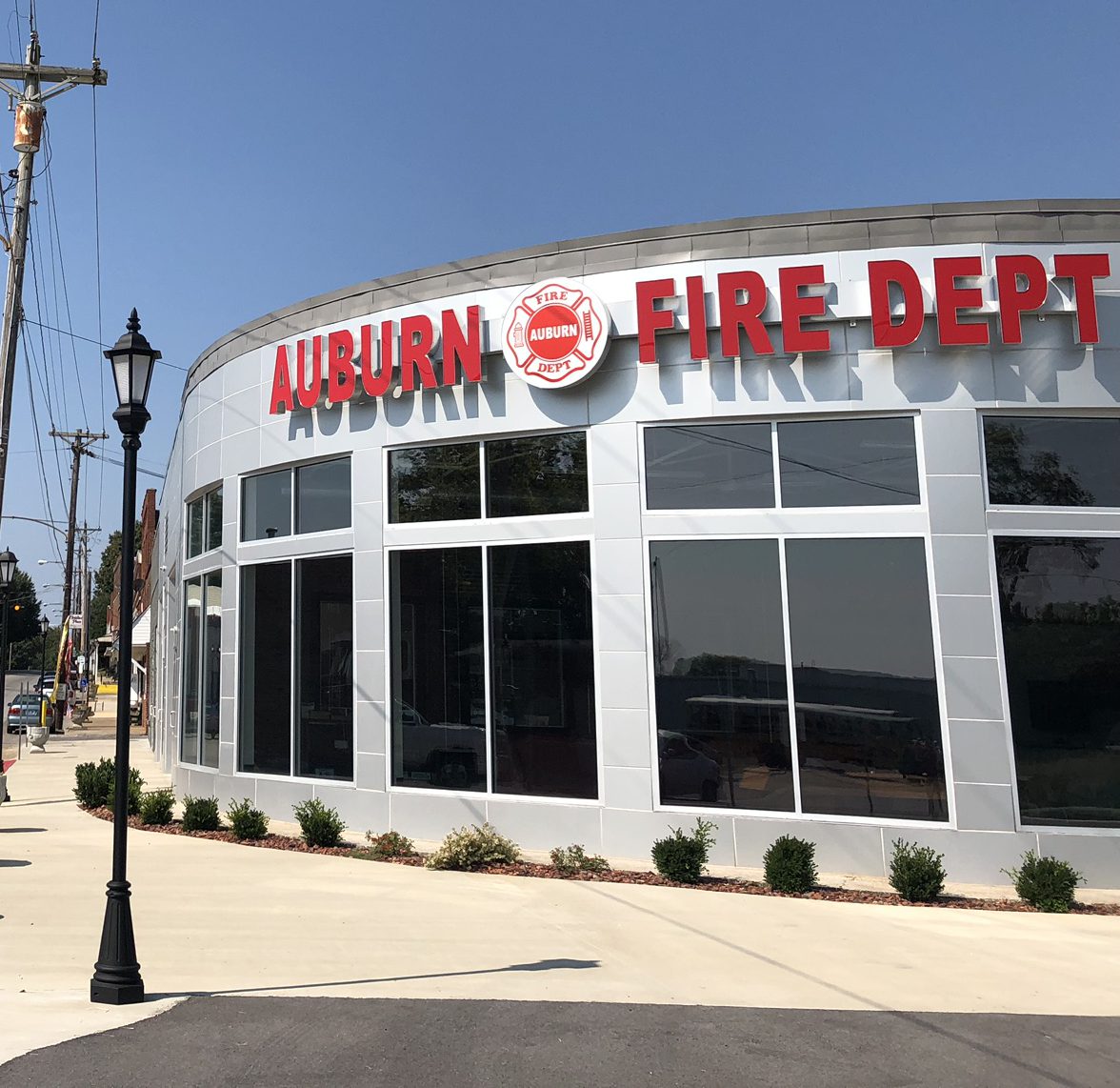Identifying Critical Facilities, Infrastructure, and Community Assets
As part of Barren River Area Development Districts 5-year update to the Regional Comprehensive Economic Development Strategy (CEDS) and Multi-Hazard Multi-Jurisdiction Mitigation Plan (HMP), county-level Steering Committees met for an hour each month from January 2021 to April 2022 to create county-level strategic plans. This is a summary of the agenda for Meeting #3.
During their third month together in the planning process, each Steering Committee reviewed the assets present in their community. BRADD staff pulled a listing of Community Assets from the 2017 Regional Multi-Hazard Multi-Jurisdictional Mitigation plan and asked each Steering Committee to verify that the information was still accurate and make any necessary changes/additions to the listing.
Committee members also explored critical infrastructure in their communities across multiple categories.
As defined in the Natural Hazard Mitigation Plan regulations found in 44 CFR 201.6, the term “critical facilities” is used to include all man-made structures or other improvements which because of their function, size, service area, or uniqueness have the potential to cause serious bodily harm, extensive property damage, or disruption of vital socioeconomic activities if they are destroyed, damaged, or if their services are repeatedly interrupted. The National Infrastructure Protection Plan defines critical infrastructure as “systems and assets, whether physical or virtual, so vital to the United States that the incapacitation of destruction of such systems and assets would have a debilitating impact on the national security, national economic security, public health or safety, or any combination of those matters”.
As such Critical Infrastructure makes up the systems that are vital to the support of any community and facilities which are required to transport people, things, energy, and information, necessary for a community to survive and prosper. It’s your water, sewage, transportation, and communications facilities which are necessary for the survival of a community, those systems that provide essential services to a community, those services that are important in our daily lives and that, if interrupted, could cause widespread social and economic inconvenience or loss, and geographically spread networks on which society is dependent.
Steering Committees also looked at key community assets to consider when setting goals/objectives including the natural environment and the people themselves.
Environmental assets and natural resources are important to community identity and quality of life and support the economy through agriculture, tourism and recreation, and a variety of other ecosystem services, such as clean air and water. The natural environment also provides protective functions that reduce hazard impacts and increase resiliency. For instance, wetlands and riparian areas help absorb flood waters, soils and landscaping contribute to stormwater management, and vegetation provides erosion control and reduces runoff. Conservation of environmental assets may present opportunities to meet mitigation and other community objectives, such as protecting sensitive habitat, developing parks and trails, or contributing to the economy.
People are a community’s most important asset. When it comes to community planning we need to identify areas of greater population density, as well as populations that may have unique vulnerabilities or be less able to respond and recover during a disaster, or for which goals/objectives may adversely impact. These include visiting populations and access and functional needs populations. In addition, we need to identify locations that provide health or social services that are critical to a community’s capabilities.
Visiting populations include students, second home owners, migrant farm workers, and visitors for special events. Special events could include large sporting events and festivals where large numbers of people are concentrated and vulnerable to hazards and threats.
The term “access and functional needs populations” describes groups that may not comfortably or safely access the standard resources offered in communities. These populations may include children, the elderly, the physically or mentally disabled, non-English speakers, or the medically or chemically dependent. Facility locations and support service operations for these populations (e.g., hospitals, dependent care facilities, oxygen delivery, and accessible transportation) also need to be considered.
During this meeting, BRADD Staff worked with steering committee members to add a listing of all critical infrastructure and communities assets present in each county to the County Profile Sheets that were used to track initial progress across Steering Committee Meetings. As Steering Committees worked their way through the immense amount of data presented, this profile sheet assisted members with identifying trends early and became key tools when looking at crafting new goal/objective statements later in the process. Each Steering Committee also made use of a custom Google Classroom set up for committee members to share information and review any meeting materials for meetings they could not attend.
BRADD staff then compiled the information gathered during this meeting and used it (paired with previous meeting information) to build the foundation for each County Strategic Plan in each of the succeeding monthly meetings. To read more about information covered in other monthly meetings, click here.

Comments are closed